Find Help
More Items From Ergsy search
-
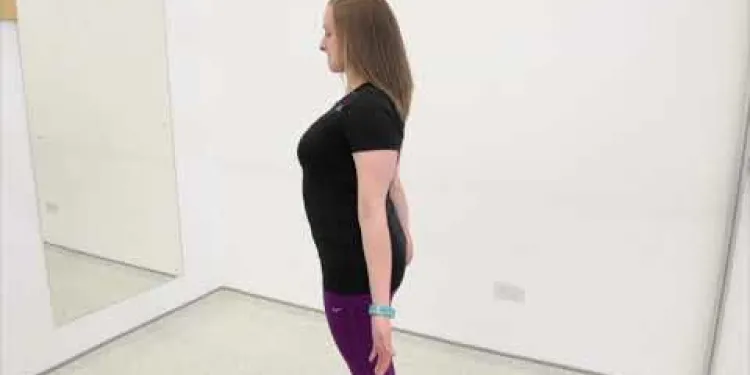
Frozen Shoulder Scapular Setting
Relevance: 100%
-
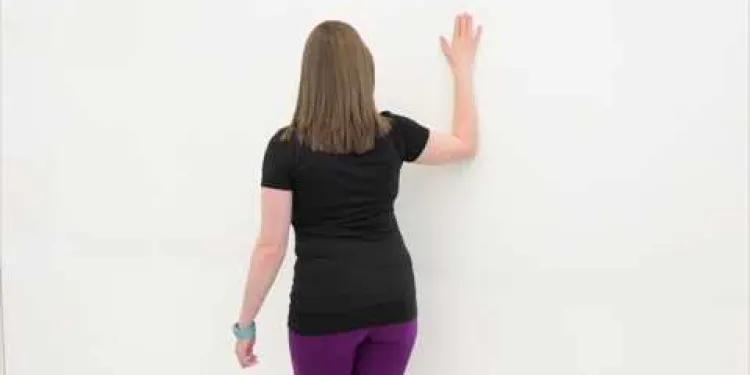
Frozen Shoulder Anterior Shoulder Stretch
Relevance: 50%
-
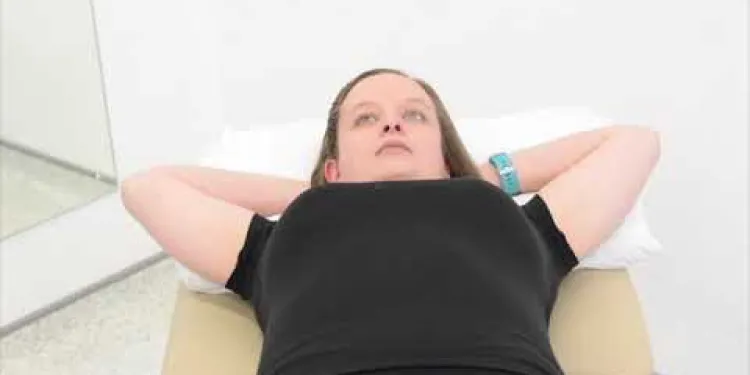
Frozen Shoulder Lateral Rotation
Relevance: 48%
-
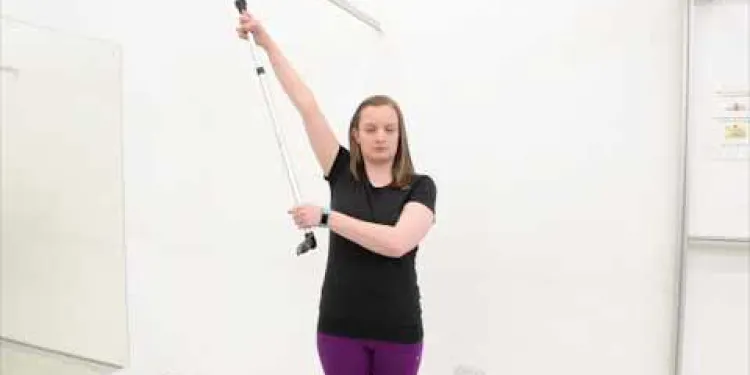
Frozen Shoulder Assisted Abduction
Relevance: 48%
-
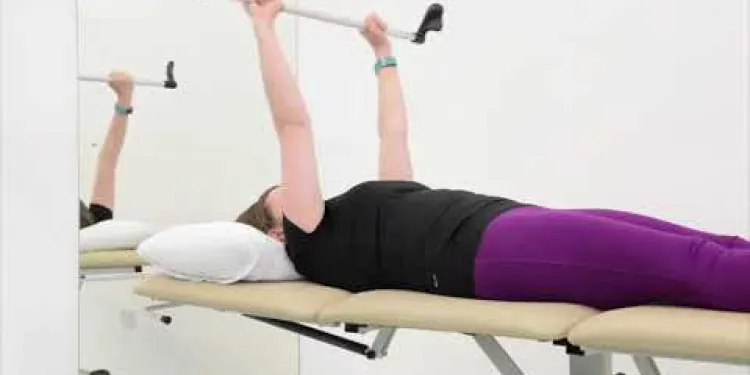
Frozen Shoulder Assisted Flexion
Relevance: 48%
-
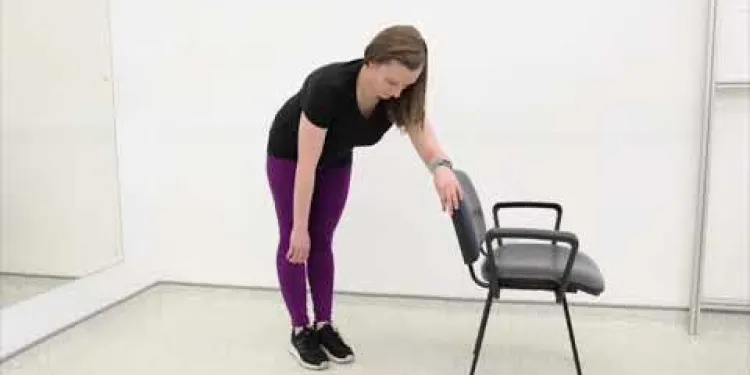
Frozen shoulder Pendular Exercises
Relevance: 47%
-
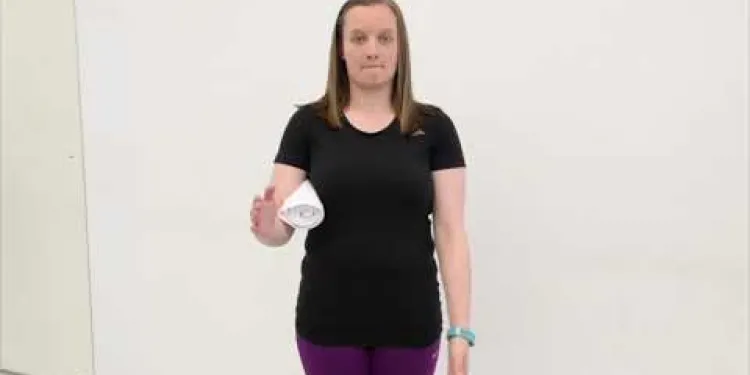
Frozen Shoulder Isometric External Rotation
Relevance: 46%
-
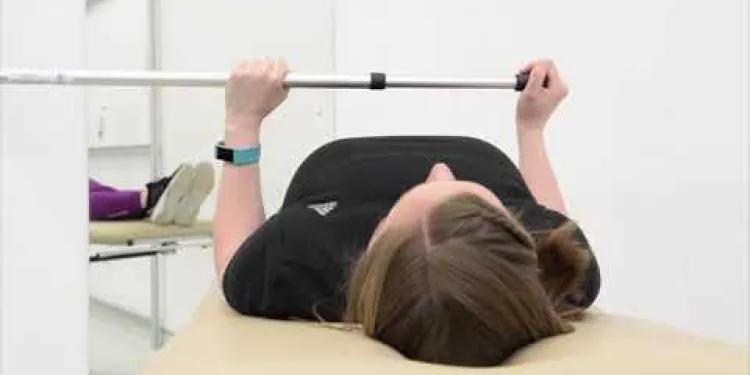
Frozen Shoulder Assisted Lateral Rotation
Relevance: 46%
-
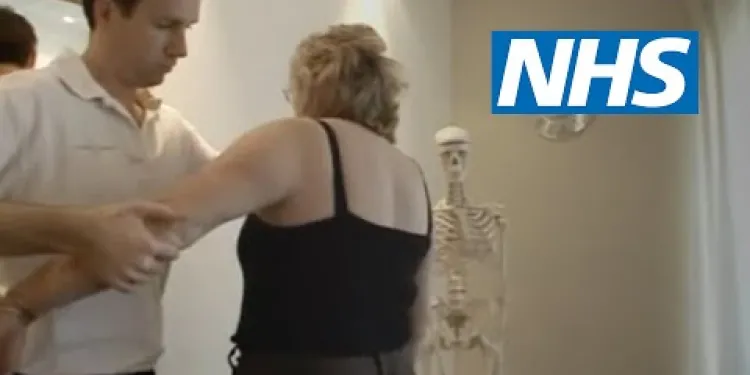
Shoulder pain | NHS
Relevance: 32%
-
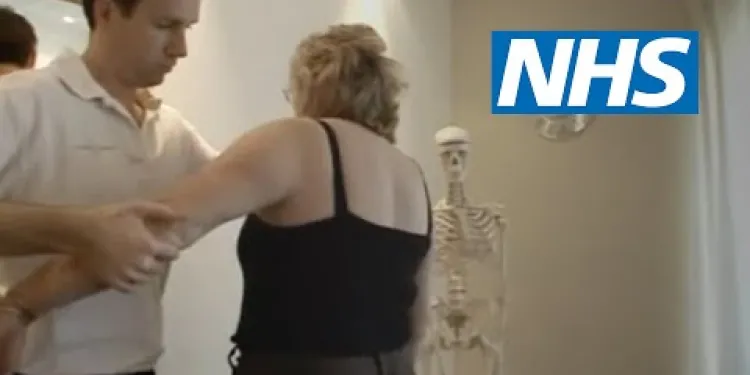
Shoulder pain | NHS
Relevance: 32%
-
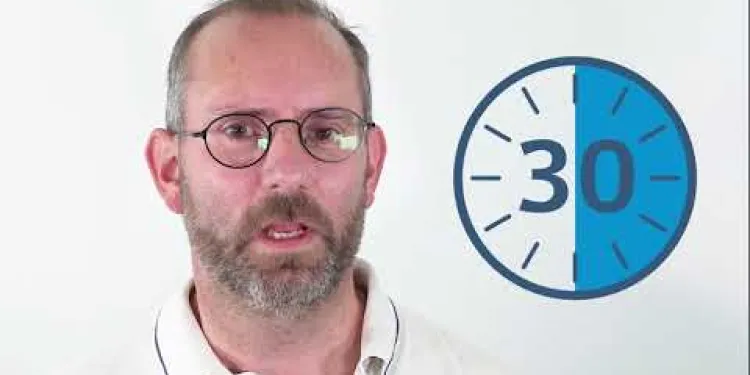
Shoulder subacromial shoulder pain
Relevance: 28%
-
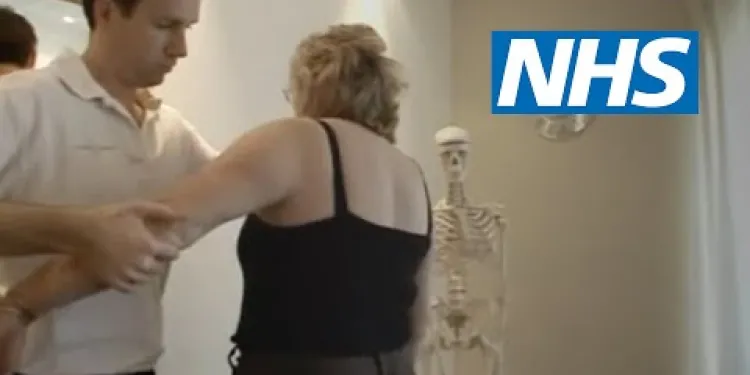
Shoulder pain | NHS
Relevance: 26%
-
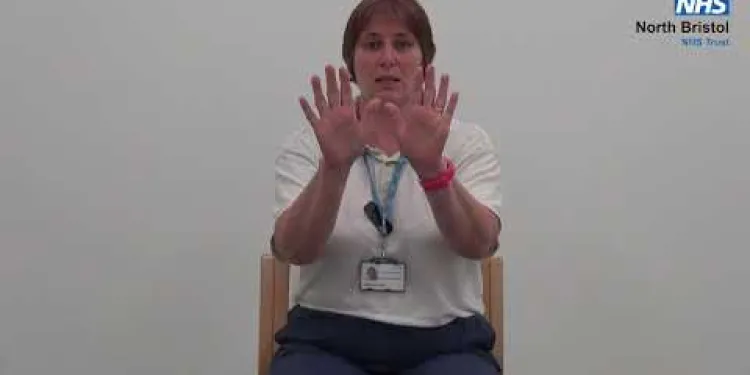
Shoulder Exercises 1
Relevance: 26%
-

Unfreezing the Truth The UK's Frozen Pensions
Relevance: 25%
-
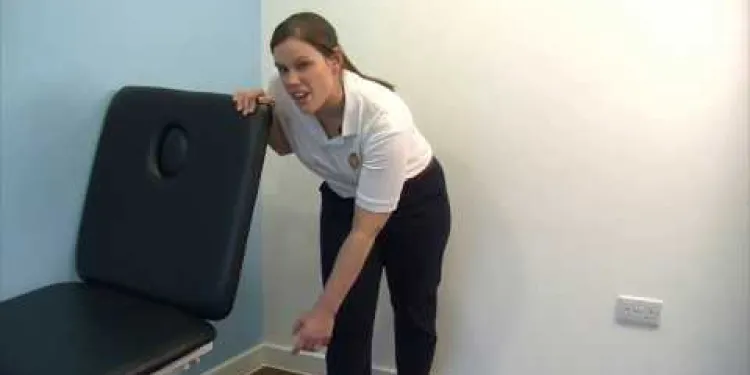
DBTH VFC DISLOCATED SHOULDER
Relevance: 24%
-
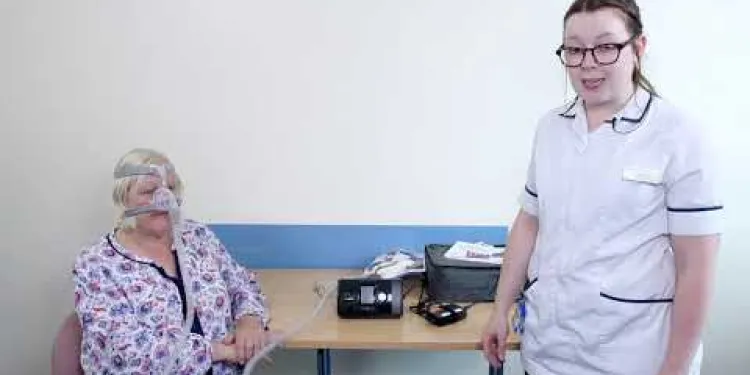
How to set up your CPAP machine
Relevance: 16%
-

How to Set Up a Lasting Power of Attorney
Relevance: 16%
-

Can I set up direct debits with Monzo or Revolut?
Relevance: 15%
-

Can drink spiking occur in private settings?
Relevance: 15%
-
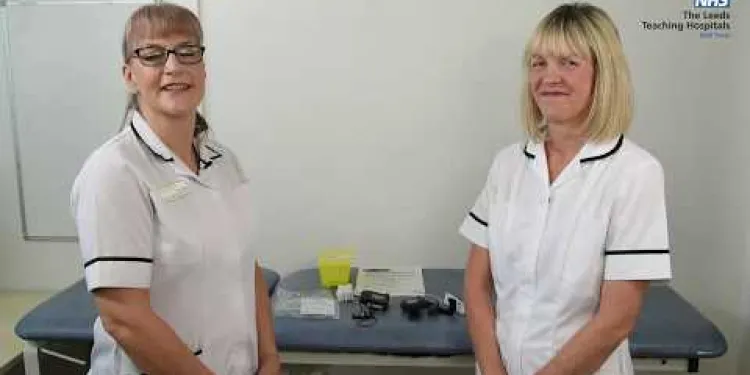
Instructions for setting up your home sleep study
Relevance: 14%
-

Who sets the energy price cap?
Relevance: 13%
-

Energy Prices Set to Rise: How to Keep Your Bills Down
Relevance: 11%
-

What is plasma, and why might it be transfused?
Relevance: 10%
-

What types of blood products can be transfused?
Relevance: 9%
-
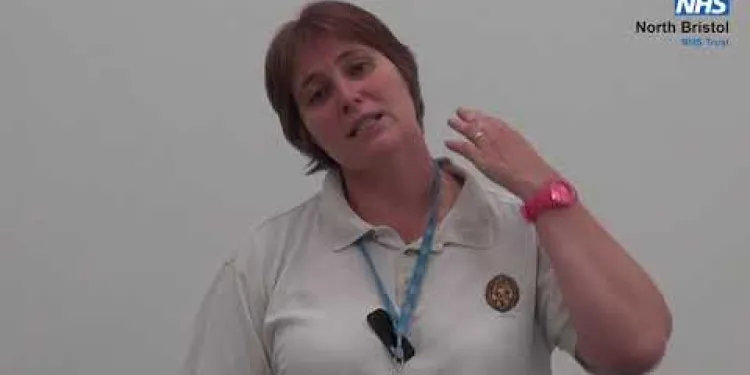
Neck Exercises
Relevance: 8%
-

What can I buy with Healthy Start vouchers?
Relevance: 8%
-

How is the sperm used in IVF?
Relevance: 8%
-

Should Mounjaro be refrigerated?
Relevance: 8%
-
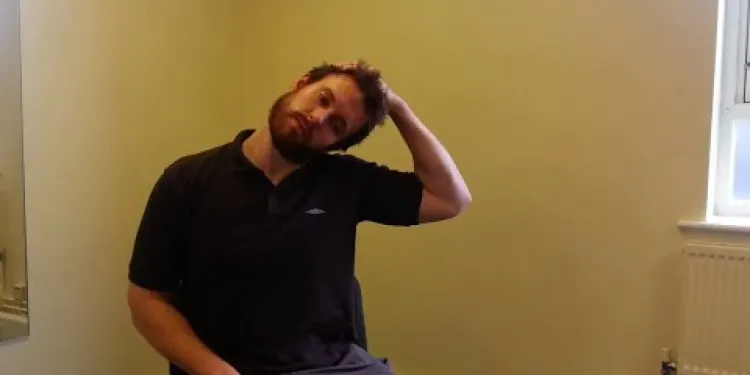
Neck Care Exercises
Relevance: 7%
-
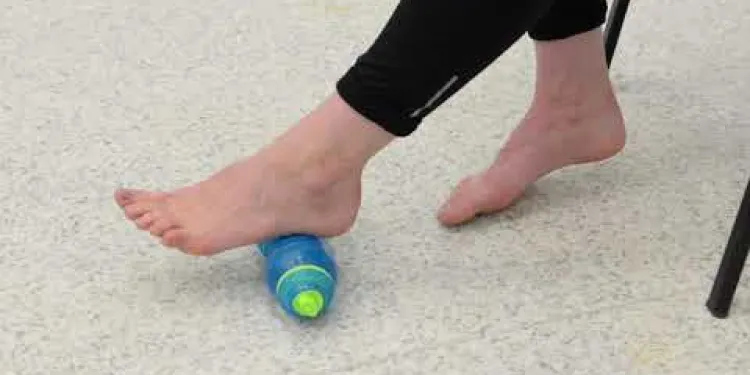
Plantar Fascia Cold Therapy
Relevance: 7%
-

How should Ozempic be stored?
Relevance: 7%
-

Do chiropractors only treat the spine?
Relevance: 7%
-
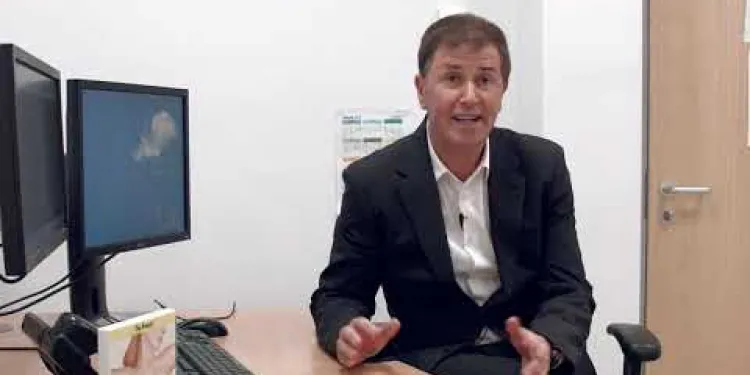
Evidence-Based Interventions: breast reduction
Relevance: 6%
-
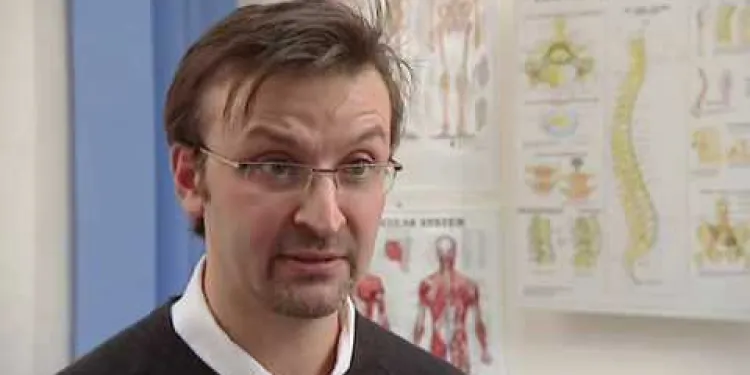
Advice on neck pain and whiplash
Relevance: 6%
-
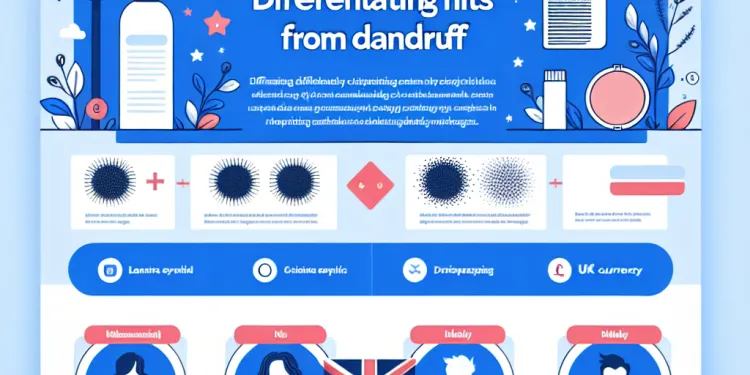
How can you differentiate nits from dandruff?
Relevance: 6%
-
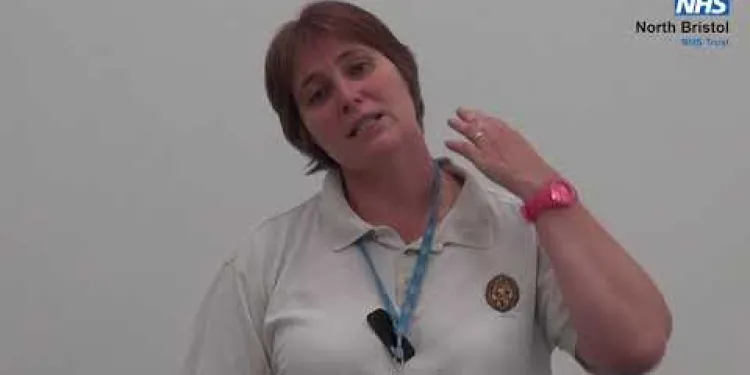
Neck Exercises
Relevance: 5%
-

What are Healthy Start vouchers in the UK?
Relevance: 5%
-

How can I apply for Healthy Start vouchers?
Relevance: 5%
-

Can I customize motion detection on my Ring Doorbell Camera?
Relevance: 5%
-

What is angina and how is it treated?
Relevance: 5%
Frozen Shoulder Scapular Setting
Frozen shoulder, also known as adhesive capsulitis, is a painful condition that affects the shoulder joint. It involves stiffness and pain in your shoulder joint, and over time, the shoulder becomes very hard to move. One of the key aspects of managing frozen shoulder is through scapular setting exercises.
Understanding Frozen Shoulder
Frozen shoulder typically develops in three stages: freezing, frozen, and thawing. During the freezing stage, you experience increasing pain and gradually lose the range of motion in your shoulder. In the frozen stage, pain might diminish, but the shoulder remains stiff. In the thawing stage, the range of motion starts returning to normal. The entire process can take several months to years.
The Importance of Scapular Setting
Scapular setting exercises are crucial for maintaining shoulder function and reducing discomfort. The scapula, or shoulder blade, plays a vital role in the overall movement of the shoulder. Proper scapular positioning can alleviate stress on the shoulder joint, enhance mobility, and contribute to recovery from frozen shoulder.
How to Perform Scapular Setting Exercises
- Step 1: Sit or stand with your back straight and chin tucked in slightly.
- Step 2: Gently pull your shoulder blades down and back, avoiding shrugging your shoulders up.
- Step 3: Hold the position for a few seconds, focusing on the engagement of the muscles between the shoulder blades.
- Step 4: Relax and repeat 10-15 times.
Before starting any exercise routine, it is highly recommended to consult with a healthcare professional, such as a physiotherapist. They can provide tailored advice and demonstrate the correct technique to ensure you perform the exercises safely and effectively.
Consulting a Healthcare Professional
In the UK, physiotherapists and general practitioners are accessible through the NHS or private clinics. Seeking their expertise can make a significant difference in managing and recovering from a frozen shoulder. They can also ensure that you undertake a well-rounded rehabilitation programme, potentially incorporating other exercises and treatments to complement scapular setting.
A frozen shoulder doesn't have to mean a permanently restricted shoulder. By understanding the condition and employing the right exercises, such as scapular setting, you can work towards regaining mobility and reducing pain.
Frozen Shoulder Scapular Setting
Frozen shoulder is when your shoulder joint becomes stiff and painful. It is also called adhesive capsulitis. This can make it very hard to move your shoulder. One way to help is by doing exercises called scapular setting exercises.
Understanding Frozen Shoulder
Frozen shoulder happens in three stages: freezing, frozen, and thawing. In the freezing stage, your shoulder hurts more and you can't move it as much. In the frozen stage, the pain might be less, but the shoulder is still stiff. In the thawing stage, your shoulder starts to move better. This can take a long time, even months or years.
The Importance of Scapular Setting
Scapular setting exercises are important to help your shoulder move better and hurt less. The scapula, or shoulder blade, helps your shoulder move. Moving the scapula the right way can make your shoulder feel better and help it get better from frozen shoulder.
How to Perform Scapular Setting Exercises
- Step 1: Sit or stand up straight. Keep your chin tucked in a little bit.
- Step 2: Slowly pull your shoulder blades down and back together. Don't lift your shoulders up.
- Step 3: Hold this position for a few seconds. Focus on the muscles between your shoulder blades.
- Step 4: Relax and do this 10-15 times.
Always talk to a healthcare professional before starting these exercises. They can show you how to do them safely and correctly. A physiotherapist is a good person to ask for help.
Consulting a Healthcare Professional
In the UK, you can talk to physiotherapists or general practitioners through the NHS or private clinics. They can help you a lot to manage and get better from a frozen shoulder. They can also suggest other exercises and treatments to help you.
Having a frozen shoulder doesn't mean you can't move your shoulder forever. By understanding more about it and doing the right exercises like scapular setting, you can help your shoulder move better and hurt less.
Frequently Asked Questions
What is a frozen shoulder?
A frozen shoulder, also known as adhesive capsulitis, is a condition characterized by stiffness and pain in the shoulder joint.
What are the symptoms of a frozen shoulder?
Symptoms include severe shoulder pain, limited range of motion, stiffness, and difficulty with everyday activities like reaching for objects.
How is a frozen shoulder diagnosed?
Diagnosis is typically made based on medical history, physical examination, and imaging tests such as X-rays or MRI scans to rule out other conditions.
What is scapular setting?
Scapular setting is a rehabilitation technique used to stabilise the shoulder blade (scapula) in the correct position, which can improve shoulder function and alleviate frozen shoulder symptoms.
Why is scapular setting important for frozen shoulder?
Correct scapular setting helps improve shoulder mechanics, reduce pain, increase the range of motion, and facilitate smoother shoulder movements.
How do I perform scapular setting exercises?
Scapular setting exercises typically involve gentle movements to position the shoulder blade correctly. These can include shoulder shrugs, scapular squeezes, and wall slides.
Can I do scapular setting exercises at home?
Yes, many scapular setting exercises can be performed at home. However, it is recommended to consult with a physiotherapist to learn the correct techniques.
How long does it take to recover from a frozen shoulder with scapular setting exercises?
Recovery time varies for each individual. With regular scapular setting exercises and other treatments, it may take several months to a year for full recovery.
Are there other treatments for a frozen shoulder besides scapular setting?
Yes, other treatments include physical therapy, medications, corticosteroid injections, and, in severe cases, surgery.
Is scapular setting suitable for everyone with a frozen shoulder?
While scapular setting is beneficial for many people with a frozen shoulder, it is important to consult a healthcare professional to ensure it is appropriate for your specific condition.
Can I perform scapular setting exercises if I have other shoulder problems?
It's best to consult with a physiotherapist or healthcare provider to determine if scapular setting exercises are suitable for your specific shoulder condition.
What are the risks of not treating a frozen shoulder?
Untreated frozen shoulder can lead to chronic pain, permanent loss of motion, and impaired function, significantly affecting your quality of life.
Do I need a referral from a GP to see a physiotherapist for a frozen shoulder in the UK?
In the UK, you may not need a GP referral to see a private physiotherapist, but it is advisable to check your specific situation. For NHS physiotherapy, a GP referral is usually required.
Can lifestyle changes help manage frozen shoulder?
Yes, maintaining good posture, incorporating gentle exercises, and avoiding activities that exacerbate pain can help manage symptoms. A physiotherapist can provide personalised advice.
Are there any self-care measures I can take for frozen shoulder?
Applying ice or heat, doing gentle stretches, and taking over-the-counter pain relievers can help alleviate symptoms. Always consult a healthcare provider for personalised advice.
What is a frozen shoulder?
A frozen shoulder makes it hard to move your shoulder. It can hurt and feel stiff. It's like your shoulder is stuck and doesn't want to move. If you find this hard to understand, you can ask someone to explain it to you. Using pictures or videos can help too!
A frozen shoulder is when your shoulder hurts and is hard to move. It is also called sticky shoulder. It can be stiff and painful.
What happens when you have a frozen shoulder?
A frozen shoulder can be very painful. Here is what you might feel:
- Your shoulder hurts a lot.
- It is hard to move your arm.
- Your shoulder feels stiff.
If you notice these signs, tell a grown-up or a doctor. They can help you feel better.
To help understand more, you can use pictures or videos.
You might feel a lot of pain in your shoulder. You might find it hard to move your arm. Your shoulder could feel stiff. It might be hard to do things like reaching for things.
How do doctors know if you have a frozen shoulder?
Doctors find out what is wrong by asking about your past health, checking your body, and taking pictures inside you with X-rays or MRI scans. This helps them make sure it is nothing else.
What is scapular setting?
"Scapular setting" is about making your shoulder blades sit right. The shoulder blades are the flat bones on your back.
When you set your shoulder blades, you make sure they are in the right place. This helps when you move and keeps your shoulders strong.
To practice scapular setting, you can:
- Stand up straight.
- Pull your shoulder blades back and down gently.
- Hold them in that spot for a few seconds.
- Relax and do it again.
You can ask someone to help you or use a mirror to see if you are doing it right.
Scapular setting is a way to help your shoulder feel better. It helps hold your shoulder blade in the right place. This can make your shoulder work better and help with frozen shoulder pain.
Why is scapular setting important for frozen shoulder?
Scapular setting helps the shoulder move better. It makes the shoulder muscles strong and keeps them in the right place.
When you have a frozen shoulder, it can be hard to move your arm. Scapular setting helps the shoulder heal and reduces pain.
Here are some ways to help with scapular setting:
- Do gentle exercises to help your shoulder move.
- Work with a physiotherapist who can show you how to do the exercises.
- Use heat packs to relax the muscles.
When you hold your shoulder blades in the right way, your shoulders can move better and hurt less. You can move your arms and shoulders more, and it helps you move smoothly.
How can I do scapular setting exercises?
Here is how you can do scapular setting exercises:
- Sit on a chair or stand up straight.
- Keep your back and shoulders relaxed.
- Pull your shoulders back and down gently. Do not shrug.
- Hold that position for a few seconds.
- Relax your shoulders.
- Repeat a few times.
Remember to breathe slowly while you do the exercises.
You can ask a helper or use an online video to guide you.
Scapular setting exercises help your shoulder blade be in the right place. These exercises use easy movements like shoulder shrugs, scapular squeezes, and wall slides.
Can I do shoulder exercises at home?
Yes, you can do shoulder exercises at home! These exercises help your shoulder muscles feel strong and healthy. You do not need special equipment. A teacher, doctor, or therapist can show you how to do them the right way.
Here are some tips to help you:
- Find a safe and quiet space to exercise.
- Watch a video to see how to do the exercises.
- Ask a friend or family member to help if you need it.
Remember to be careful and stop if you feel pain. Always ask a grown-up if you are not sure.
Yes, you can do many shoulder exercises at home to help your back. But, it is a good idea to talk to a physiotherapist first. They can show you how to do the exercises the right way.
How long does a frozen shoulder get better with special exercises?
If your shoulder is frozen, it can be stiff and hard to move. Doing special exercises can help it get better. These exercises help your shoulder to move again.
It may take time for your shoulder to feel better. Everyone is different, so it might take weeks or even months. Be patient and keep doing the exercises.
It’s good to ask for help from a doctor or therapist. They can show you the right exercises and help if you feel pain.
You can also use things like heat packs to help your shoulder feel better.
Getting better takes different times for everyone. Doing scapular setting exercises and other treatments can help. It might take a few months or up to a year to feel all better.
What other ways can help fix a frozen shoulder besides scapular setting?
If your shoulder is stiff and hard to move, it might be a frozen shoulder. There are ways to help make it better.
Scapular setting is one way to help, but there are other things you can try, too:
- Stretching Exercises: Gently moving your arm to make it looser.
- Physical Therapy: Exercises with a therapist who helps you move better.
- Heat Packs: Using warm pads to make your shoulder feel better.
- Medicine: Pills that help with pain and swelling.
Sometimes, these other ways can work together to help your shoulder get better.
Yes, there are other ways to feel better:
- You can try exercises with a therapist.
- Some people take medicine.
- Doctors can give special shots to help.
- In very bad cases, doctors might need to do surgery.
Can everyone with a frozen shoulder use scapular setting?
Scapular setting is an exercise. It helps your shoulder blade move well.
If you have a frozen shoulder, ask your doctor first. They can tell you if it's right for you.
You can also use apps or videos to help you learn how to do the exercise.
Scapular setting can help people with a frozen shoulder. But, you should talk to a healthcare professional first. They will tell you if it is right for your shoulder problem.
Can I do shoulder blade exercises if my shoulder hurts?
If your shoulder hurts or you have other problems, talk to a doctor first. They can tell you if it is safe to do the exercises.
You can also use pictures or videos to help follow the exercises. Ask someone to help you if you need.
It's a good idea to talk to a physiotherapist or doctor. They can tell you if scapular setting exercises are right for your shoulder. This will help make sure the exercises are safe and good for you.
What happens if you don't treat a frozen shoulder?
A frozen shoulder can be painful and hard to move. If you don't treat it:
- Your shoulder might stay stiff.
- You might find it hard to do things like brush your hair or get dressed.
- The pain might not go away.
It is important to see a doctor. They can help make your shoulder better.
To help yourself, you can:
- Do gentle exercises.
- Use a warm cloth on your shoulder to help with the pain.
- Ask for help if you need it.
If you do not treat a frozen shoulder, it can cause long-lasting pain. You might not be able to move your shoulder well, and it can stop working as it should. This can make it hard to enjoy life.
Do I need to see my doctor first to visit a physio for a sore shoulder in the UK?
In the UK, you might not need to ask your doctor to see a private physio, but it's good to check. For NHS physio, you usually need a doctor to say it's okay.
Can changing how you live help with frozen shoulder?
Frozen shoulder can hurt a lot and make it hard to move your shoulder. Some changes in your daily life might help make it better.
- Move it gently: Keep moving your shoulder carefully so it doesn’t get too stiff.
- Exercise: Do simple exercises to help your shoulder stay loose and strong. You might need to ask a doctor or therapist for advice.
- Heat pads: Use a warm cloth or heating pad to help soothe pain and relax your shoulder.
- Healthy eating: Eat good foods to help your body heal. This means lots of fruits and vegetables.
- Get enough rest: Sleeping well can help your body feel better.
It is important to talk to a doctor for good advice. A doctor can help make sure you are doing the best things for your shoulder.
Yes, sitting and standing up straight can help you feel better. Doing easy exercises and not doing things that make the pain worse can also help. A physiotherapist is someone who can give you special advice just for you to make you feel better.
What can I do at home to help my frozen shoulder?
If your shoulder hurts and is hard to move, it might be a frozen shoulder. Here are some things you can try at home:
- Rest your shoulder. Don't do things that hurt it.
- Use ice packs. Put them on your shoulder for 15 minutes to help with swelling.
- Try gentle stretching. Softly move your arm in circles.
- Ask for help. You might want to talk to a physiotherapist. They can show you special exercises.
- Keep your shoulder warm. You can use a warm towel or heating pad.
- If it still hurts, tell a doctor. They can give you more advice.
These tips might make your shoulder feel better.
Using ice or a warm pack, doing easy stretches, and taking medicine from the store can help you feel better. Always talk to a doctor for advice just for you.
Useful Links
- Ergsy carfully checks the information in the videos we provide here.
- Videos shown by Youtube after a video has completed, have NOT been reviewed by ERGSY.
- To view, click the arrow in centre of video.
- Most of the videos you find here will have subtitles and/or closed captions available.
- You may need to turn these on, and choose your preferred language.
- Go to the video you'd like to watch.
- If closed captions (CC) are available, settings will be visible on the bottom right of the video player.
- To turn on Captions, click settings .
- To turn off Captions, click settings again.
More Items From Ergsy search
-

Frozen Shoulder Scapular Setting
Relevance: 100%
-

Frozen Shoulder Anterior Shoulder Stretch
Relevance: 50%
-

Frozen Shoulder Lateral Rotation
Relevance: 48%
-

Frozen Shoulder Assisted Abduction
Relevance: 48%
-

Frozen Shoulder Assisted Flexion
Relevance: 48%
-

Frozen shoulder Pendular Exercises
Relevance: 47%
-

Frozen Shoulder Isometric External Rotation
Relevance: 46%
-

Frozen Shoulder Assisted Lateral Rotation
Relevance: 46%
-

Shoulder pain | NHS
Relevance: 32%
-

Shoulder pain | NHS
Relevance: 32%
-

Shoulder subacromial shoulder pain
Relevance: 28%
-

Shoulder pain | NHS
Relevance: 26%
-

Shoulder Exercises 1
Relevance: 26%
-

Unfreezing the Truth The UK's Frozen Pensions
Relevance: 25%
-

DBTH VFC DISLOCATED SHOULDER
Relevance: 24%
-

How to set up your CPAP machine
Relevance: 16%
-

How to Set Up a Lasting Power of Attorney
Relevance: 16%
-

Can I set up direct debits with Monzo or Revolut?
Relevance: 15%
-

Can drink spiking occur in private settings?
Relevance: 15%
-

Instructions for setting up your home sleep study
Relevance: 14%
-

Who sets the energy price cap?
Relevance: 13%
-

Energy Prices Set to Rise: How to Keep Your Bills Down
Relevance: 11%
-

What is plasma, and why might it be transfused?
Relevance: 10%
-

What types of blood products can be transfused?
Relevance: 9%
-

Neck Exercises
Relevance: 8%
-

What can I buy with Healthy Start vouchers?
Relevance: 8%
-

How is the sperm used in IVF?
Relevance: 8%
-

Should Mounjaro be refrigerated?
Relevance: 8%
-

Neck Care Exercises
Relevance: 7%
-

Plantar Fascia Cold Therapy
Relevance: 7%
-

How should Ozempic be stored?
Relevance: 7%
-

Do chiropractors only treat the spine?
Relevance: 7%
-

Evidence-Based Interventions: breast reduction
Relevance: 6%
-

Advice on neck pain and whiplash
Relevance: 6%
-

How can you differentiate nits from dandruff?
Relevance: 6%
-

Neck Exercises
Relevance: 5%
-

What are Healthy Start vouchers in the UK?
Relevance: 5%
-

How can I apply for Healthy Start vouchers?
Relevance: 5%
-

Can I customize motion detection on my Ring Doorbell Camera?
Relevance: 5%
-

What is angina and how is it treated?
Relevance: 5%


